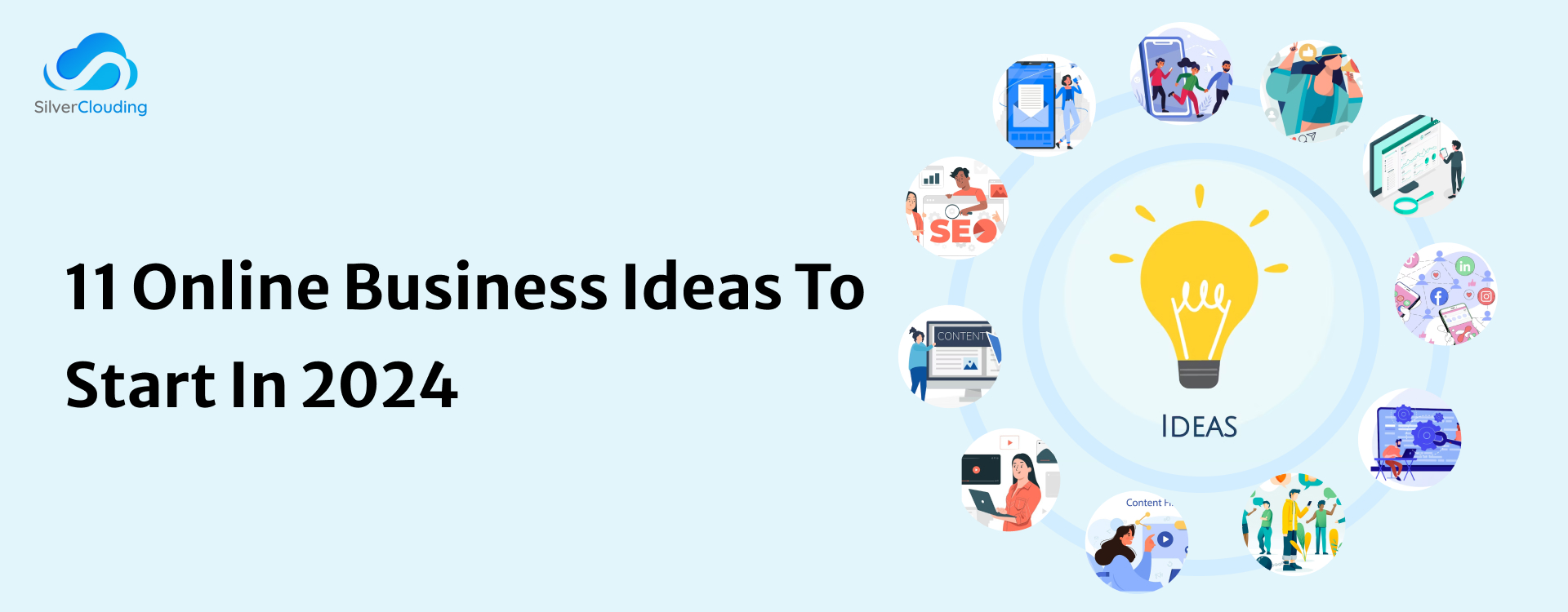To modernize the B2B buyer’s buying experience, systems that combine the convenience and customization of B2C e-commerce with the intricacies of B2B transactions must be developed. Today’s B2B buyers anticipate smooth, user-friendly, and captivating experiences, much like those they have when they shop online. Incorporating features like bulk ordering, tiered pricing, and custom quotes with user-friendly interfaces, personalized recommendations, and streamlined navigation can help firms satisfy these expectations.
Modernizing the B2B buyer’s buying experience also entails using data-driven insights to provide customized solutions, increase engagement, and foster loyalty. Businesses can achieve efficiency without sacrificing individuality by tackling the challenges of account-based pricing, approval workflows, and ERP system connectivity.
Updating the purchasing process to efficiently meet operational requirements and customer satisfaction and modernizing the B2B buyer purchasing experience requires developing a digital experience that strikes a balance between usefulness and ease.
Here are some strategies to achieve this:
1. Personalized Experiences
- Tailored Pricing and Catalogs: Provide product catalogs, discounts, and pricing tailored to each consumer depending on their purchase history or contract conditions.
- Account-Based Personalization: Customers ought to be able to access quotations, order history, and personalized product suggestions by logging in.
- AI-Powered Recommendations: Based on past purchases, use AI to recommend related goods or reorders.
2. User-Friendly Interface
- Intuitive Navigation: Design a simple, orderly user experience that is similar to B2C platforms.
- Mobile Optimization: To accommodate customers who are constantly on the go, make sure the platform is responsive.
- Quick Search and Filters: Use powerful search features with filters and auto-suggestions to find products quickly.
3. Streamlined Purchasing Process
- Bulk ordering: Make it simple to fill out quick order forms, upload CSV files, and enter large order amounts.
- Automated Reordering: Make subscription plans or reorder templates available for products that are regularly bought.
- Approval Workflows: Provide tools for several order approval levels inside a buyer’s company.
4. Enhanced Self-Service Options
- Real-time inventory updates: Show stock levels to help you make smarter decisions.
- Self-service portals: These enable customers to independently manage accounts, download bills, and track orders.
- Interactive Tools: Offer calculators or configurators for complicated goods or large purchases.
5. Omni channel Experience
- Unified Data Across Channels: To ensure that customers receive a consistent experience, sync online and offline channels.
- Click-and-Collect: Allows online orders to be picked up in-store.
- Integrated Communication: Use live chats or chatbots to provide immediate support.
6. Flexible Payment and Delivery Options
- Payment Methods: Accept credit, purchase orders, and installment plans, among other payment methods.
- Shipping Options: Provide customized delivery choices, such as scheduled or expedited shipping.
7. Advanced Features
- Quoting System: Using the site, buyers may obtain quotes and haggle over prices.
- Dynamic Pricing: Use AI to modify prices in response to demand or market conditions.
- ERP/CRM integration: establish a smooth connection with business systems to deliver precise data and optimize processes.
8. Focus on Customer Engagement
- Content-Rich Experience: Offer thorough user guides, videos, and product descriptions.
- Community Features: Establish networks or discussion boards where purchasers can communicate and exchange ideas.
- Loyalty programs: Give regular customers discounts or points.
How SilverClouding can help:
- Conduct UX audits of your current system.
- Design and implement user-friendly, mobile-responsive interfaces.
- Incorporate personalization features and recommend AI-driven tools.
- Build workflows and automation tools.
- Integrate your Shopify system with ERP and CRM solutions for streamlined operations.
- Develop or integrate self-service portals with Shopify or similar systems.
- Build tools to manage buyer-specific settings like custom pricing and volume discounts.
- Integrate your Shopify system with e-commerce platforms and POS systems.
- Build API connections for real-time inventory and data synchronization.
- Add custom modules to your Shopify system or develop them for a bespoke e-commerce platform.
- Build features like pricing engines, bulk order tools, or contract management modules.
- Implement analytics tools to gather actionable insights.
- Develop buyer-facing dashboards for self-service analytics.
Silver Clouding’s experience in implementing tailored solutions as mentioned above for complex business needs ensures they can provide end-to-end support, from consultation to development and post-launch optimization. By combining your goals with our technical expertise, we can deliver the modern shopping experiences your B2B customers expect.




